March 27th, 2024
Keratosis Pilaris (Chicken Skin) – How To Treat At Home
Also known as Follicular Keratosis, the skin condition known as Keratosis Pilaris is a chronic skin condition that affects up to 50%-70% of teenagers and up to 40% of adults. (1) This condition can also be referred to as “KP” or “Chicken Skin”.
Keratosis Pilaris has been well studied, considering how common this condition is. You are more at risk for keratosis pilaris if you have a parent or sibling who has it. (2) (3)
A study done in Thailand found that 42% of those in the study also presented atopic conditions that included allergic rhinitis (seasonal allergies/hay fever), asthma, and atopic dermatitis (eczema). (4) (5)
A study in India found that 92% of the participants that suffer from this condition were affected on the upper arms. Participants of that study also reported that they were affected on thighs (59%) and the area of the gluteal muscles (30%). (6)
Interestingly enough, the skin condition Ichthyosis Vulgaris, a condition that causes extremely dry skin and the skin to appear to have scales is also associated with those who suffer from Keratosis Pilaris. (7) In fact, 50% of those with Ichthyosis Vulgaris also present with Atopic Dermatitis (Eczema) which creates a possibility for someone to have all three skin disorders. (8)
Other conditions that could causes Keratosis Pilaris is excess body weight (9) (10) and a side effect of the Melanoma medication Vemurafenib (Zelboraf®) which is a targeted therapy medication for melanoma that has spread. (11) (12)
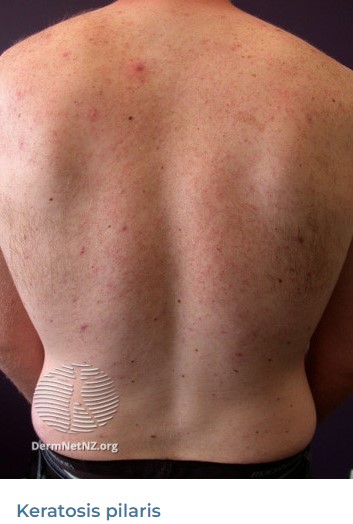
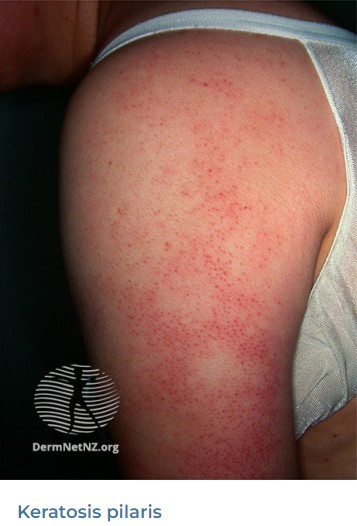
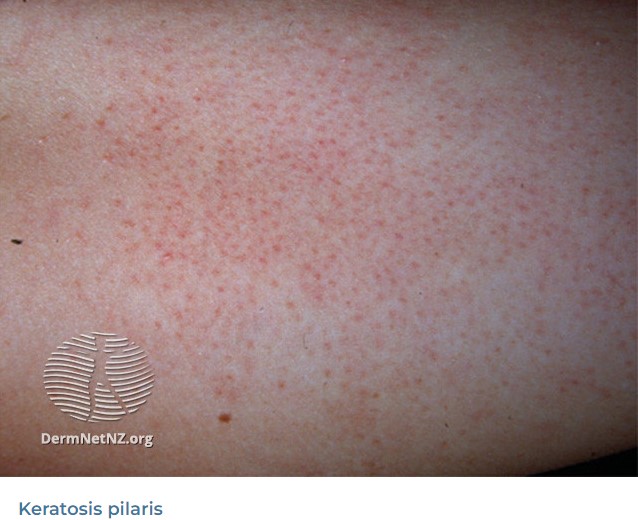
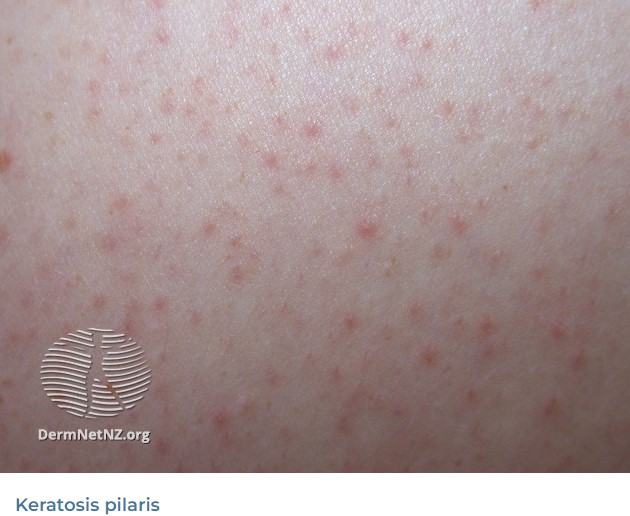
Treatment & Diagnosis
Diagnosis should come from a medial professional first and foremost. This condition can often be confused with other conditions such as Lichen Spinulosus and Ulerythema Ophryogenes (ulerythema), both variants of Keratosis Pilaris. Another skin disorder that presents similiar to Keratosis Pilaris is Keratosis Follicularis, also known as Darier Disease. This rare, genetic skin disorder also presents with skin lesions that are rough bumps (papules) and may gradually spread. (13) Once you are diagnosed, you can began home treatment.
Treating Keratosis Pilaris is not as simple as applying a product one time, this treatment needs to include cleansing, deep exfoliation and lots of moisture being added to the skin. This often takes weeks to see any improvement in the skin and as always when it comes to treating the skin, you must remain consistent.
Cleansing and exfoliation should be with keratolytic agents, breaking down compacted dead skin cells. Use a gentle scrub being careful not to scrub to harshly then after apply your product. Ingredients like Ammonium Lactate, Salicylic Acid, Urea, Glycolic Acid and Lactic Acid are popular. The main focus should be getting dead skin cells swept away and hair follicles unclogged followed by ingredients that will moisturize the skin and help maintain a healthy skin barrier such as Ceramides, Hyaluronic Acid and Niacinamide.
Ammonium Lactate 12% (Dermatologist Recommended)
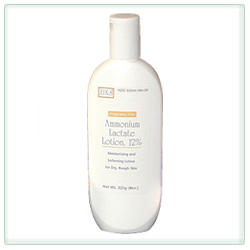
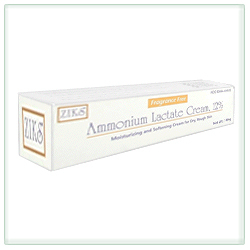
Most dermatologists will recommend Ammonium Lactate 12% for treatment. This is because ammonium lactate is a form of lactic acid -an alpha hydroxy acid with keratolytic properties.
I specifically sell Nnodum Pharmaceuticals brand is my practice, as it is considered OTC medication. This cream has a pH of 4.4 – 5.4, and therefore gentle enough that it can be applied twice daily.
Salicylic Acid
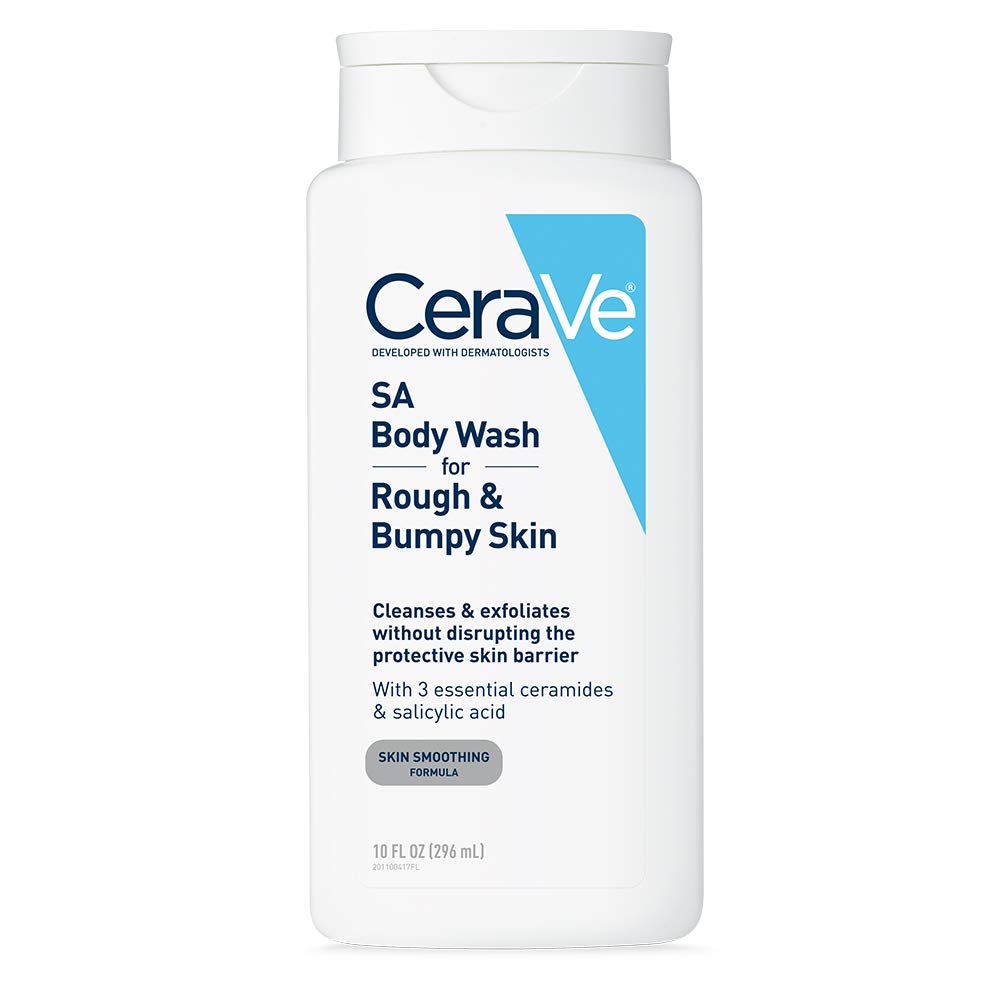
CeraVe SA Body Wash for Rough & Bumpy Skin is a good example of a body wash perfectly formulated to treat Keratosis Pilaris. This product has an ingredient deck that includes Salicylic Acid for exfoliation, Hyaluronic Acid and Niacinamide for deep hydration and three different types of ceramides; Ceramide NP, AP and EOP for improving the skin’s barrier and function.
Urea
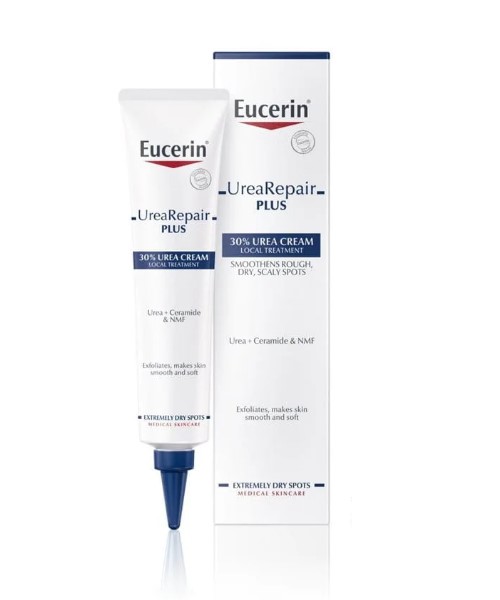
Eucerin Urea Repair Plus 30% Urea Cream is a good example of a cream that is perfectly formulated to treat Keratosis Pilaris. Urea, also known as Carbamide is hygroscopic, which means it is able to bind moisture into the outermost layer of skin. It is also keratolytic, meaning helps the skin to get rid of dead skin cells dead skin cells, to make it smooth again, and has anti-itch and anti-microbial properties. The ingredient deck also includes Ceramide NP and Latic Acid.
Glycolic Acid
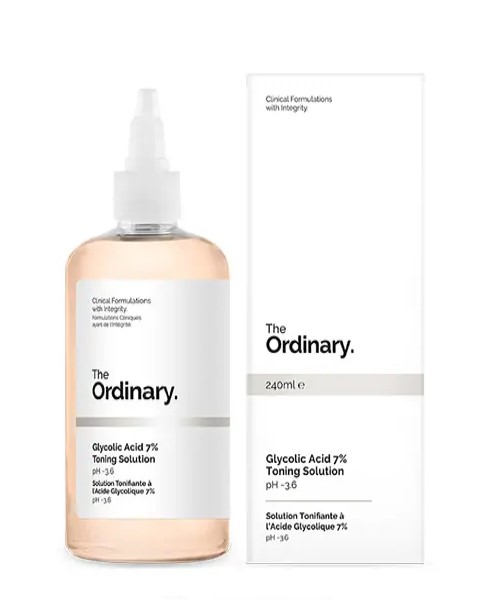
The Ordinary Glycolic Acid 7% Toning Solution is another way to treat Keratosis Pilaris. This formulation is unique for treatment of Keratosis Pilaris because it has Urea, and a host of amino acids (Aspartic Acid, Alanine, Glycine, Serine, Valine, Isoleucine, Proline, Threonine, Histidine, Glutamic Acid, and Arginine) that are moisturizing, assists in barrier function and wound healing.
Lactic Acid
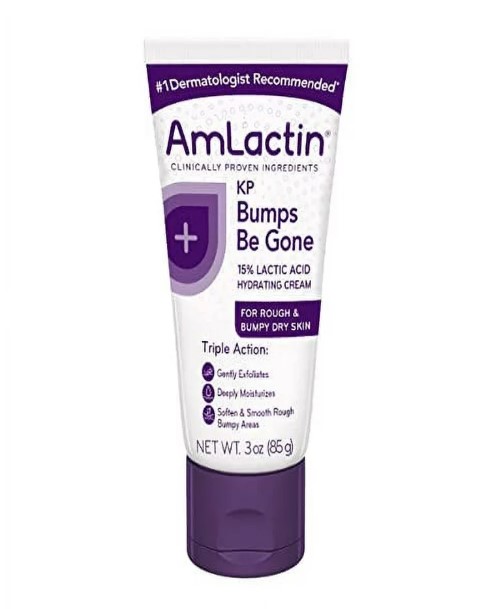
AmLactin KP Bumps Be Gone is a 15% Lactic Acid cream that is specifically formulated for Keratosis Pilaris. AmLactin uses a special proprietary blend of Lactic Acid salts – Ammonium Lactate, Potassium Lactate, and Sodium Lactate that is equivalent to 15% Lactic Acid.
What happens if this doesn’t clear up at home?
Simple answer, you need to go back to see your medical professional. They may more than likely prescribe Tretinoin, a medication that is 20x stronger than over-the-counter retinoids. In addition to a maintenance treatment plan your medical professional may request that you discontinue waxing on the skin affected as waxing could cause a flare up of the condition. For more advanced cases, your medical professional may suggest microdermabrasion sessions or yag laser treatments.
Research & References
www.dermnetnz.org/topics/keratosis-pilaris
www.mayoclinic.org/diseases-conditions/keratosis-pilaris/symptons-causes/syc-20351149
www.cedars-sinai.org/health-library/diseases-and-conditions/k/keratosis-pilaris-kp
www.aad.org/public/diseases/a-z/keratosis-pilaris-causes
https://www.ncbi.nlm.nih.gov/pmc/articles/PMC4354723 https://www.ncbi.nlm.nih.gov/pmc/aticles/PMC3681106 https://medicalnewstoday.com/articles/318242#Symptoms
https://dermnetz.org/topics/ichthyosis-vulgaris
Boza JC, Trindade EN, et. al. “Skin manifestations of obesity: a comparative study.” J Eur Acad Dermatol Venereol. 2012 Oct;26(10):1220-3.
Yosipovitch G, DeVore A, et. al. “Obesity and the skin: Skin physiology and skin manifestations of obesity.” J Am Acad Dermatol. 2007 Jun;56(6):901–16.
Rinderknecht JD, Goldinger SM. “RASopathic skin eruptions during vemurafenib therapy.” PLoS One. 2013; 8(3): e58721. Published online Mar 14, 2013.
Peters S, Bouchaab H, et. al. “Dramatic response of vemurafenib-induced cutaneous lesions upon switch to dual BRAF/MEK inhibition in a metastatic melanoma patient.” Melanoma Res. 2014 Oct;24(5):496-500. https://emedicine.medscape.com/article/1070651-differential

